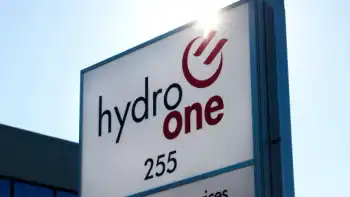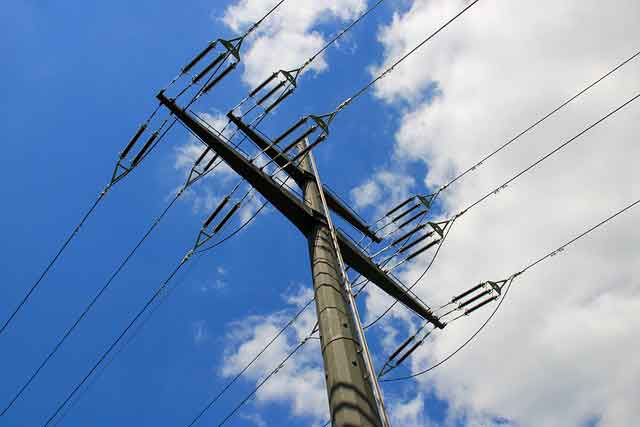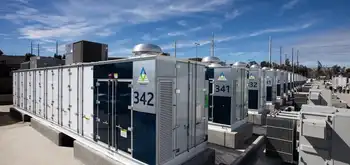First floating nuclear power plant to be delivered by 2012
By Industrial Info Resources
Arc Flash Training CSA Z462 - Electrical Safety Essentials
Our customized live online or in‑person group training can be delivered to your staff at your location.

- Live Online
- 6 hours Instructor-led
- Group Training Available
Construction of the $297-million power plant started in April 2007 at the Sevmash OJSC shipyard in Severodvinsk. However, in August 2008, the assignment was transferred to the Baltiysky Zavod shipyard by Russia's nuclear regulatory body, Rosatom Nuclear Energy State Corporation. Some reports indicate that the transfer was carried out as Sevmash was overloaded with military orders, but other reports suggest that Sevmash had diverted funds earmarked for the nuclear power plant to finance other projects.
At the time of the transfer, the plant's hull and central section had been built. In the opinion of many analysts, transferring the project did not bring much change to the progress of the project.
In early 2008, the date of completion was announced as mid-2011 in place of the originally announced date of mid-2010. As of January, the plant was reported to be 85% complete.
In February 2009, an agreement was signed between Rosatom and the Republic of Yakutia to invest in the development of four floating nuclear power plants that would be used to supply heat and electricity to the northern regions of the Siberian Republic. The agreement also involves the development of the Elkon uranium reserves and construction of the Elkon Mining and Metallurgical Combine. The reserves are estimated to contain about 319,000 tons of uranium, which amounts to about 6% of the world's total reserves. The Elkon reserves lie to the south of Russia's Sakha region.
The project is expected to require an investment of about $2.7 billion. The funds would be procured partly from the Investment Fund of the Russian Federation. The project would be implemented by Southern Yakutia Development Corporation, which has been established specifically for the purpose. The project is to be managed by Russian uranium mining company AtomRedMetZoloto OJSC (ARMZ) and is expected to create about 12,000 employment opportunities.
The signatories of the agreement intend to attract both private and international investors, with the Russian government controlling 51% of the venture. According to Head of Rosatom Sergei Kiriyenko, French, Indian, Japanese, and South Korean companies have already expressed interest in developing the Elkon deposit.
At full capacity, the combine is expected to produce 25% of the uranium required by the nuclear industry of Russia. The Elkon Mining and Metallurgical Combine is expected to reach completion by May 2013, when it would produce 3,000 tons per year of uranium.
The full design capacity of 5,000 tons per year is expected to be attained by 2024. Each floating nuclear power plant would have two water-cooled 35-MW KLT-40S nuclear reactors at its core. The locations of construction of the four floating nuclear power plants have yet to be identified, although Baltiysky and Sevmash are both strong contenders.
Russia plans to set up seven floating nuclear plants by 2015 and several more by 2020 to meet the growing power demand in the remote areas of the country. As Russia is sparsely populated and has numerous seas, towing the reactors is expected be easy and convenient. The island-like reactors could be moored away from habitations in the middle of large bodies of water.
However, some of the problems that could affect the functioning of the floating plants and raise questions about their economic viability are related to their refueling, scheduled and unscheduled maintenance, and the removal of spent fuel. All three activities would require the plants to be towed hundreds of kilometers to designated spots.











